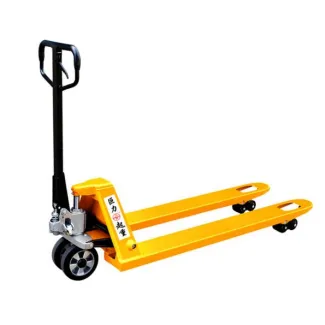


Electric Hoist with Wireless Remote Control Revolutionizing Material Handling
In today's fast-paced industrial environment, efficiency and safety are paramount. One of the most significant advancements in material handling technology is the electric hoist, particularly those equipped with wireless remote control capabilities. This innovative system is transforming the way heavy loads are lifted and moved, offering numerous benefits over traditional hoisting methods.
What is an Electric Hoist?
An electric hoist is a type of lifting device that uses electrical power to raise and lower heavy objects. Commonly found in warehouses, construction sites, and manufacturing facilities, electric hoists streamline workloads by reducing manual labor and minimizing the risk of injury. They are typically mounted on a beam or a fixed structure and can lift items ranging from delicate machinery to large construction materials.
The Advantage of Wireless Remote Control
The integration of wireless remote control in electric hoists represents a significant leap forward in operational flexibility and safety. With a handheld remote, operators can control the hoist from a distance, which offers several advantages
1. Enhanced Safety Remote operation keeps the operator at a safe distance from heavy loads, reducing the risk of accidents. In the event of a malfunction or unforeseen movement, being away from the load significantly decreases the chances of injury.
2. Improved Efficiency Wireless remote controls allow operators to multitask effectively. They can move materials while simultaneously monitoring other operational aspects, leading to increased productivity.
3. User-Friendly Operation Traditional hoists often require manual effort and substantial physical presence. With a wireless remote, even operators with limited physical capability can safely and efficiently manage heavy lifting tasks.

4. Versatility Wireless controls can operate multiple hoists simultaneously, streamlining workflows and allowing for greater flexibility in handling various lifting tasks.
Applications Across Industries
Electric hoists equipped with wireless remote control systems are employed across a range of industries, enhancing efficiency and safety in numerous applications. In construction, these hoists lift heavy materials such as concrete blocks and steel beams, facilitating quicker assembly and reducing labor time. In manufacturing, they are commonly used to move heavy machinery and products on assembly lines. Warehousing operations also benefit, as electric hoists help in efficiently managing large inventories, reducing the risk of product damage during transportation.
Selecting the Right Electric Hoist
When choosing an electric hoist with wireless remote control, several factors must be considered
- Load Capacity Determine the maximum weight the hoist will need to lift. Hoists are available in various capacities, and it’s crucial that the selected model meets or exceeds the required specifications. - Lifting Height Consider the height at which the hoist will be operating. Ensure the device is capable of reaching the necessary elevation for your specific applications. - Control Type Evaluate the remote control system's functionality. Look for features such as ease of use, range, and durability, ensuring it fits the operational environment.
- Safety Features Safety is paramount. Look for hoists that include emergency stop buttons, overload protection, and other integral safety features to prevent accidents.
Conclusion
The electric hoist with wireless remote control is revolutionizing the material handling landscape. By combining advanced technology with robust safety features, these devices are not only enhancing efficiency but are also mitigating risks associated with manual lifting. As industries continue to evolve and grow, these innovative systems are set to become standard tools in workplaces across the globe, offering a perfect blend of comfort, safety, and productivity. Adopting this technology is not just a choice; it is a strategic move towards more efficient and safer operational practices.



